
SUI Rallied 70% in 7 Days – Can It Reach New All-Time High?
Sui has recorded a strong run over the past week, triggering speculations of reaching a new all-time high soon.

Sui has recorded a strong run over the past week, triggering speculations of reaching a new all-time high soon.

The TRUMP team cleared the air surrounding the requirements of Donald Trump’s dinner event, which pushed the meme token above $12 briefly in the past 24 hours.
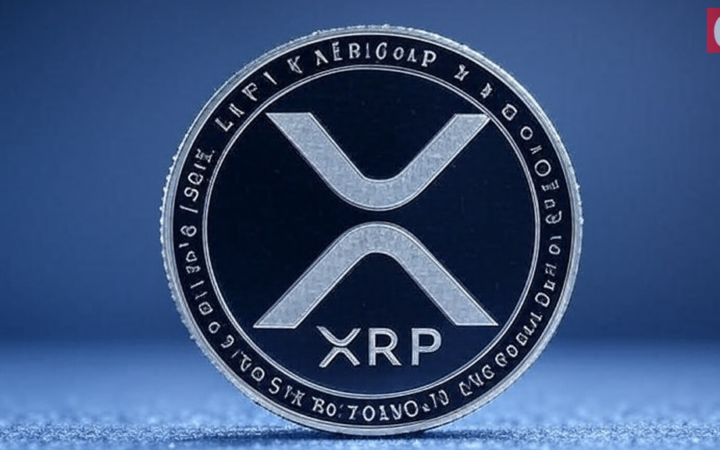
Top derivatives firm, CME Group, is set to launch XRP futures in May, offering more options for traders in the digital asset market.
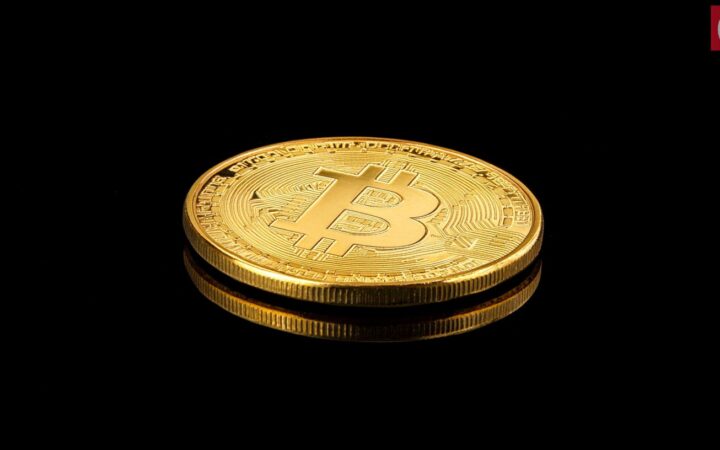
The New Hampshire Bitcoin reserve bill is expected to be tabled before the full senate for a vote.
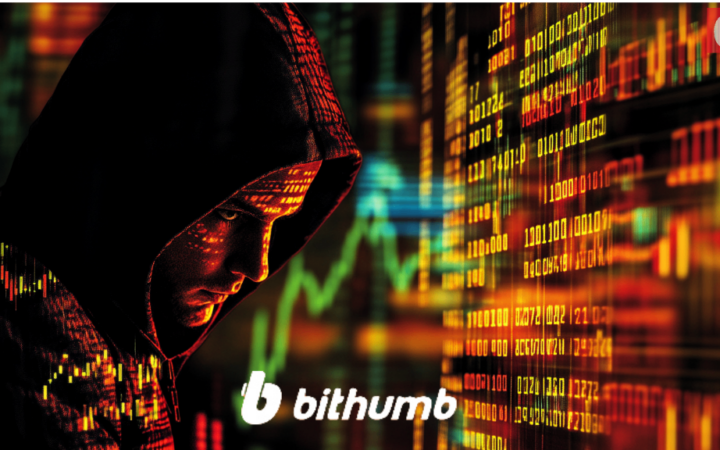
SK Telecom’s internal malware breach puts millions at risk, prompting Bithumb to tighten security ahead of its coming IPO.
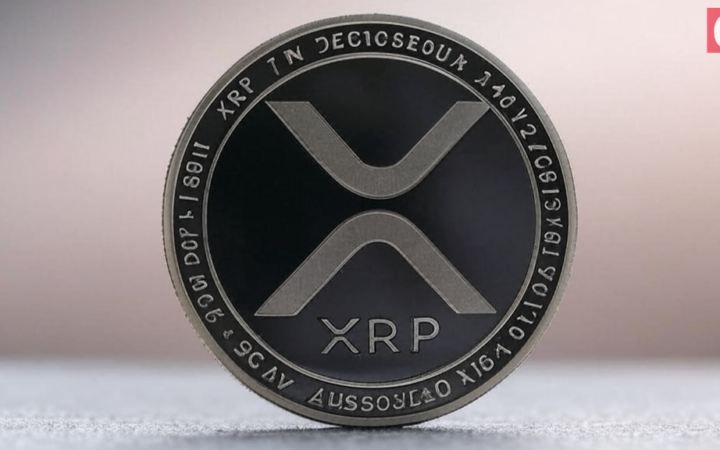
Ripple-linked XRP’s price may be repeating its 2017 cycle, as EGRAG CRYPTO forecasts a rise to $27 with increasing activity and interest in the token.

Former Celsius CEO, Alex Mashinsky has pled guilty to one count of securities fraud and one count of commodities fraud, and is expected to be sentenced on May 8.

KiloEx will compensate traders, stakers, and VIP users for losses and missed profits following a $7.5M exploit and temporary suspension.

Japanese Bitcoin treasury company Metaplanet has crossed the 5,000 Bitcoin threshold as part of its long-term plan despite ongoing market uncertainty.

Revolut’s profits doubled in the past fiscal year, and this growth has been linked to some changes in 2024.

TRUMP price saw a 60% surge after a bold dinner-for-investment offer promised top token holders exclusive access to the President.
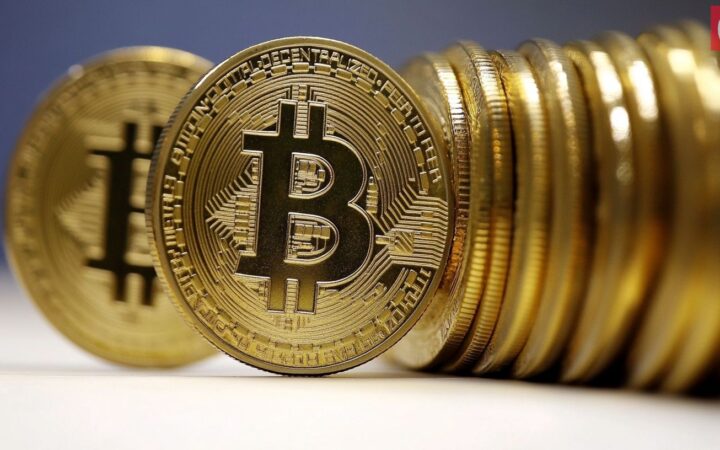
The total net inflows into BlackRock’s IBIT fund surpassed the $40 billion mark as the crypto market sees increased optimism.

Riot Platforms has secured a $100M Bitcoin-backed credit line from Coinbase to fund strategic growth without share dilution.

Leading international payment firm PayPal is set to introduce a 3.7% yield on PYUSD for US users to drive adoption of its stablecoin.

Layer-1 blockchain Aptos (APT) has soared 9% in the past day. If it breaks and holds above $5.53, the next resistance is $6.63.
For the average millennial or at least anyone that pays attention to the business world, the term “cryptocurrency” would not seem like such a strange word. If that is, then the terms Bitcoin, Ethereum or at least Blockchain should ring a bell. One might wonder, why are these terms suddenly so prevalent, especially cryptocurrency news? Computing is getting rather pervasive and the society is leaning towards digital services. The finance world too isn’t spared as the disruption of technology into this sector has fostered the birth and development of Fintech organizations.
These Fintech organizations look to digitize payments and transactions, offering the same services that are currently in existence but in a better, efficient and more effective way.
Blockchain is the network upon which most of these cryptocurrencies operate on. The history of blockchain and bitcoin, in particular, does not have a definite story. In 2009, an individual or group of individuals known to be “Satoshi Nakomoto” developed and published the technology to allow people make digital payments between themselves anonymously without having an external party to verify or authorize the transfer of the currency being exchanged.
Although technologies like this might seem rather complex, understanding how Blockchain works is quite easy, given that one has a basic idea of how networks work. Blockchain is simply a database shared between several users, containing confirmed and secured entries. It is a network, where each entry has a connection to its previous entry.
This technology affords a very secure model whereby every record in the database cannot be tampered with. Apart from the stellar security that this network offers, the transparency and speed at which the network operates give it an edge over the conventional way of conducting transactions.
In simple terms, cryptocurrencies are just monies in digital form, transacted via digital means and over a digital network. The transfer of these currencies is utilized with cryptography and the aforementioned blockchain network. Up until the 2010s, cryptocurrencies were not really known until Bitcoin made its breakout and this gave rise to the birth of new cryptocurrencies.
Cryptocurrencies have had their fair share of bullish and bearish trends, going to show how unstable they can be. The latest cryptocurrency news reports lots of people predicting prices for various cryptocurrencies in the years to come but no-one can say for sure.
Blockchain, on the other hand, is making its way into pervasive computing, especially IoT, giving way for the development of new solutions that embrace data security and transparency.